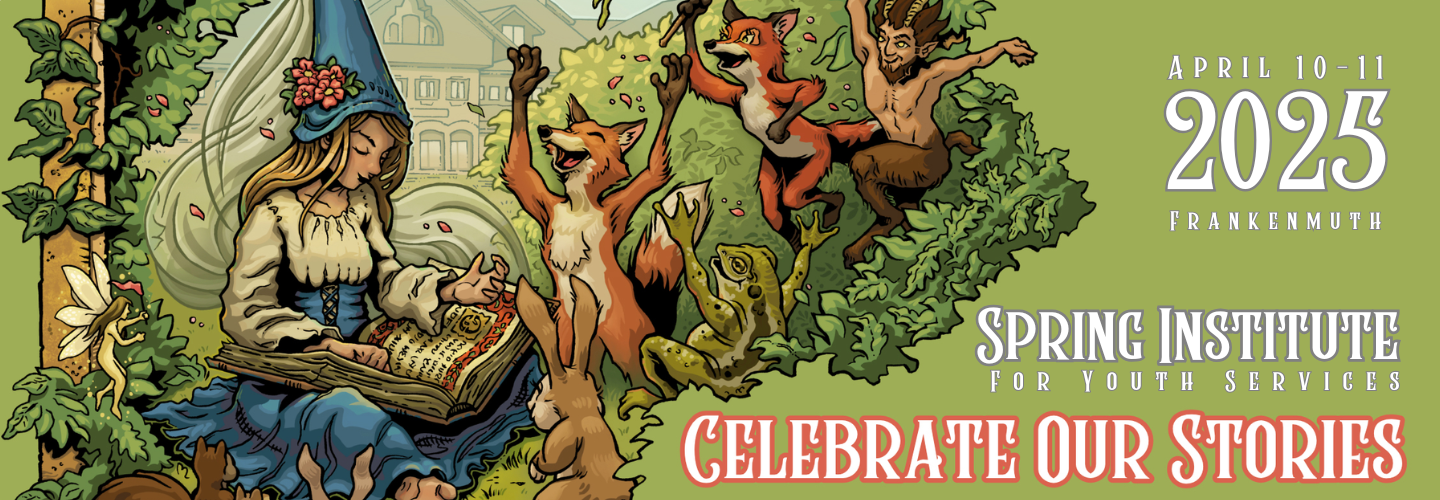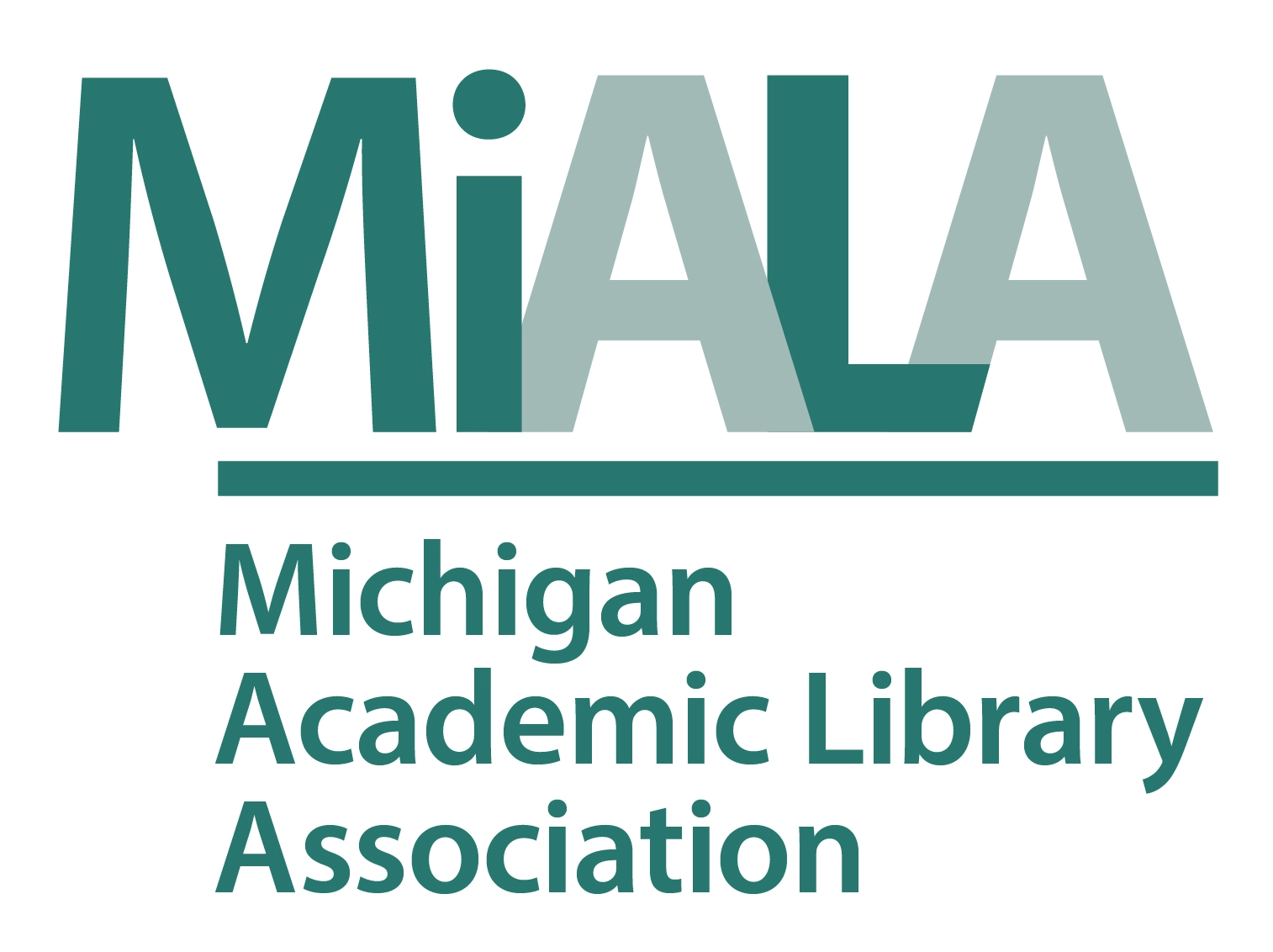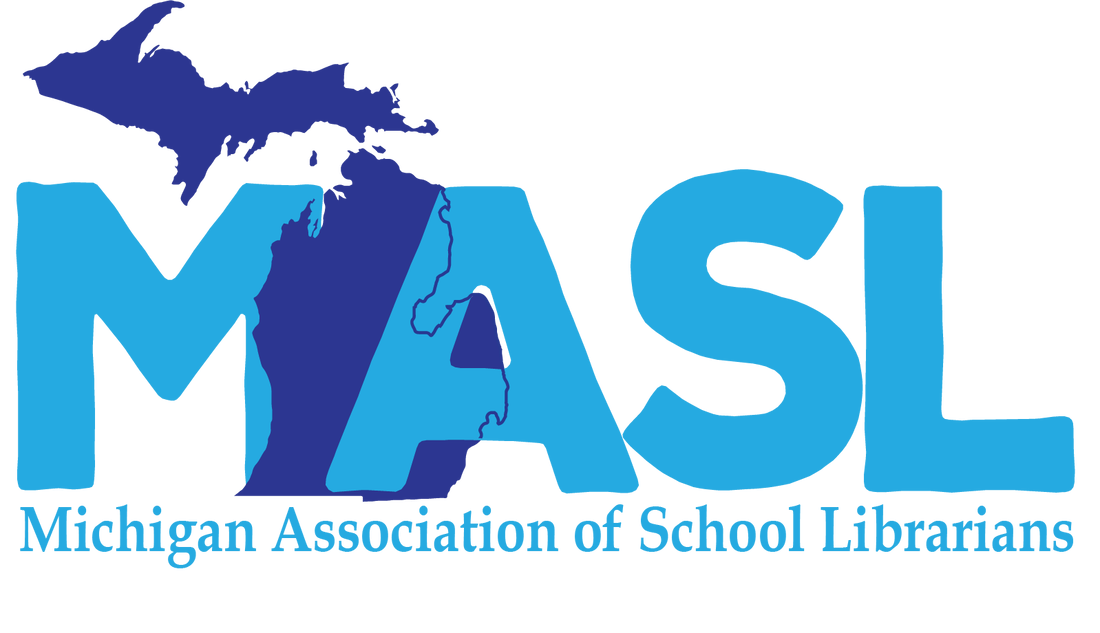- About
- Membership
- Education & Events
- Event Calendar
- Annual Conference
- Spring Institute for Youth Services
- Think Space
- Surviving and Thriving as a Public Library Director
- Michigan Library Advocacy Day
- Youth Summit for the Right to Read
- Advocacy Hour
- MLA Connect
- MLA Connect On Demand
- Call for Proposals
- Vendor and Sponsor Opportunities
- Future Event Dates and Locations
- Programs & Services
- Advocacy
- News
- Job Board
 |
 |
 |
|
Spring Institute Home | Spring Institute 2025 Home | Featured Speakers | Breakout Sessions | Special Events | Land Acknowledgement | Spring Institute History
Spring Institute for Youth Services 2025 Land Acknowledgment & ResourcesLand Acknowledgment StatementAs those in the library profession gather to learn and work together today, we wish to recognize the Anishinaabe people whose traditional land we are gathered upon today and the land on which the Saginaw Chippewa Indian Tribe (composed mainly of the Saginaw, Black River and Swan Creek Ojibwe bands) have resided on for over 200 years. To recognize the land is an expression of gratitude and appreciation, and also a way of honoring the elders and native inhabitants, both past and present, who have lived and worked on the land - beyond memory or recall. We recognize the painful history of genocide, displacement, migration and settlement that brings us together. MLA is dedicated to improving community relationships and making our organization a more supportive and inclusive place for Native and Indigenous voices and perspectives. We encourage everyone to learn the histories of this land, to look at who has and does not have access to its resources, and to examine your own place, abilities, and obligations within this process of reparative work that is necessary to promote a more equitable and socially just world. ResourcesPlease note information shared is compiled from the following websites: Saginaw Chippewa Indian Tribe of Michigan: http://www.sagchip.org/ Ziibiwing Center website: http://www.sagchip.org/ziibiwing/aboutus/history.htm Saginaw Chippewa Tribal Libraries: https://saginaw.ploud.net What does Anishinabe mean?The first one lowered from above and placed on Mother Earth. Books with more information about Native Peoples
Anishinabe Language Resourceshttp://www.ojibwe-language.com/ http://www.anishinaabemdaa.com/ http://www.native-languages.org/ojibwe.htm http://www.youtube.com/user/anishinabemowin/ http://www.youtube.com/watch?v=HaDcg5-K1Oo http://www.freelang.net/dictionary/ojibwe.php http://www.languagegeek.com/algon/ojibway/anishinaabemowin.html http://www.bemidjistate.edu/airc/resources/ojibwe/ http://www2.nau.edu/~jar/Ojibwe.pdf http://imp.lss.wisc.edu/~jrvalent/ais301/grammar.html http://www.native-languages.org/ojibwe_animals.htm https://www.proquest.com/docview/865313844/previewPDF Timeline10,000+ Years ago 900 AD 1200-1300s 1640s 1785-1864 1855 and 1864 1924 1937 1996 1998 2000 2004 2007 2008 2010 2012 History of the Saginaw Chippewa Indian Tribe of MichiganThe Saginaw Chippewa Indian Tribe of Michigan is comprised of three bands of Ojibway (Saginaw, Black River, Swan Creek), who lived primarily in the Eastern region of what is now Michigan. Our ancestors lived in this area for hundreds of years prior to the appearance of European settlers. Two hundred years after their arrival, they claimed all but a few acres of the land where our ancestors had made their homes. The last treaties we signed with the United States in 1855 and 1864, established the Isabella Indian Reservation. Totaling over 130,000 acres, this land was divided into privately-owned allotments establishing a permanent home for our tribal membership. When our people moved to the Isabella Indian Reservation the conditions were extremely grim and our annuity payments were delayed, causing many of our people to succumb to hunger and sickness. During this time, Isabella County had some of the best stands of white pine in the whole state of Michigan and lumbermen were eager to swindle us out of our lands. Many of our people sold their allotments to lumber sharks for a small fraction of their value. For many, selling their allotment was the only way to feed their families. This, coupled with numerous shoddy deals between Indian Agents and timber barons, led to a rapid dispossession of our land base. Of the more than 1,500 allotments issued to our ancestors in the late 1800s, only a handful of these were owned by tribal members by 1934. In 1934 the Indian Reorganization Act (IRA) was passed, which sought to improve conditions for tribes in the United States. The IRA required tribes to adopt a constitution and elect a tribal council in order to be a federally-recognized tribe. We elected our first tribal council and adopted our constitution in 1937. At this time, our tribe acquired 500 acres east of Mt. Pleasant to establish a land base for our people. Through the resiliency of our ancestors we have endured and overcome many obstacles that were placed before us. The recent success of our gaming and entertainment operation has enabled us to better provide for the needs of our community. Housing, health care, and educational opportunities have greatly improved in the past 20 years for the tribal membership. Our economic success has also given us the means to begin to reclaim the history of our people and share it with the rest of the world. The tribe also provides opportunities for our non-Native neighbors as the largest employer in Isabella County. Our economic success has also given us the means to reclaim the history of our people and share it with the rest of the world. The 34,349 sq. ft. Ziibiwing Center of Anishinabe Culture & Lifeways was established in May of 2004 with that goal in mind. Our cultural center and tribal museum honors the ancestors, who against tremendous odds, protected and passed down the cultural knowledge, language, and teachings of our people. BrochuresCheck out these brochures and publications and more at sagchip.org/ziibiwing/aboutus/brochures.htm. Seven Grandfathers Teachings Clan Systems Teachings The Sugarbush Teaching Wild Ricing Teaching Birchbark Teaching |









